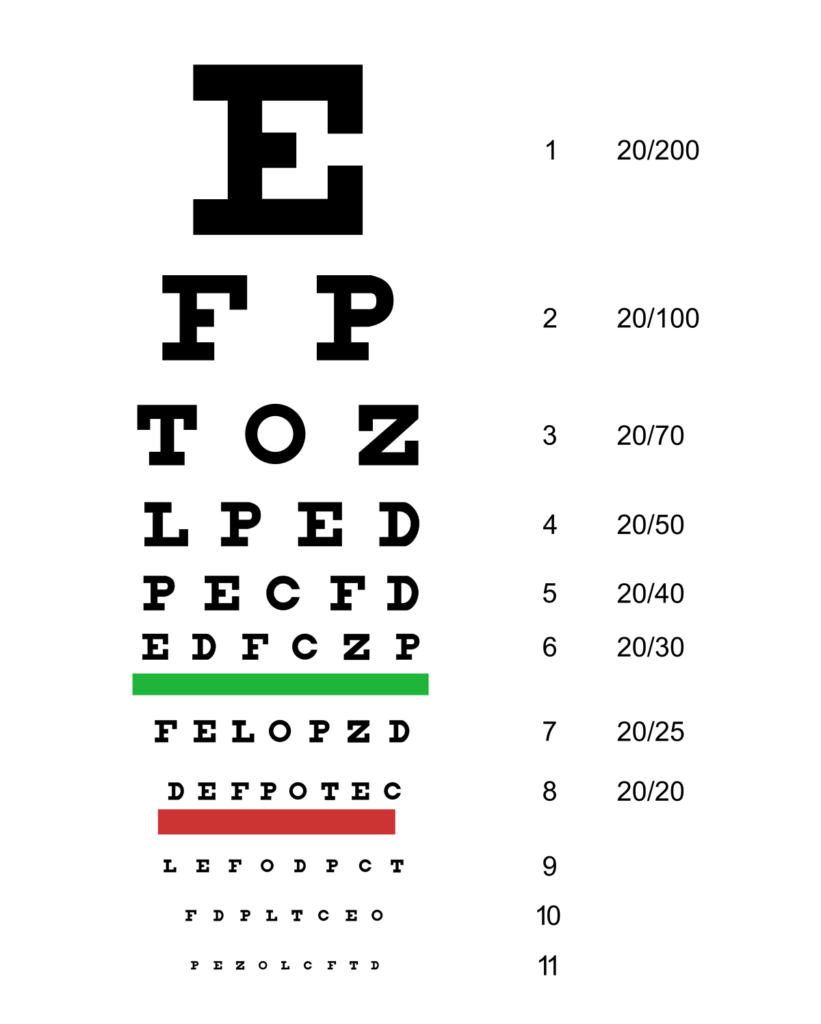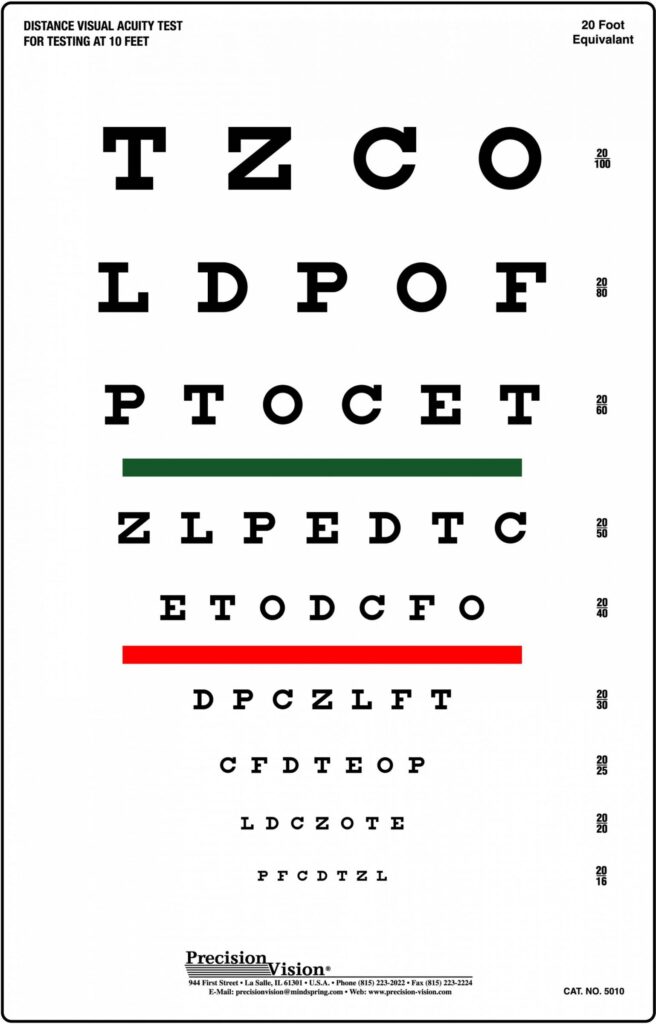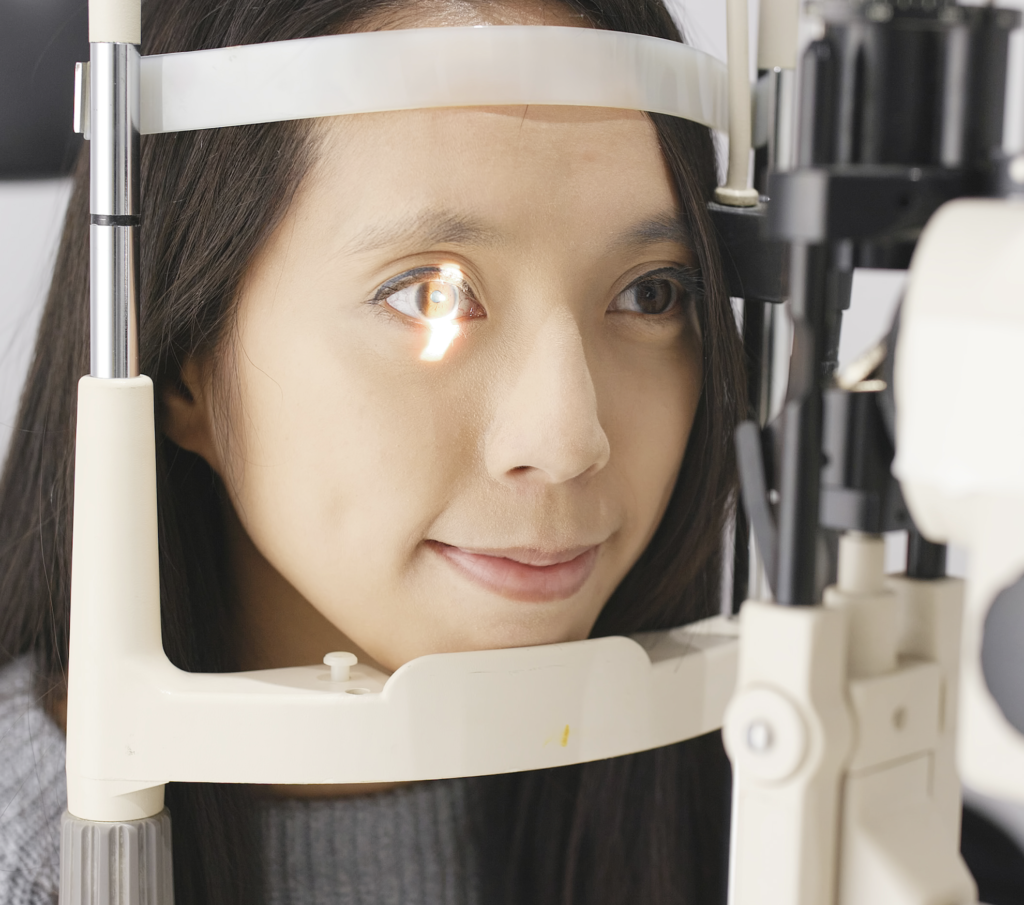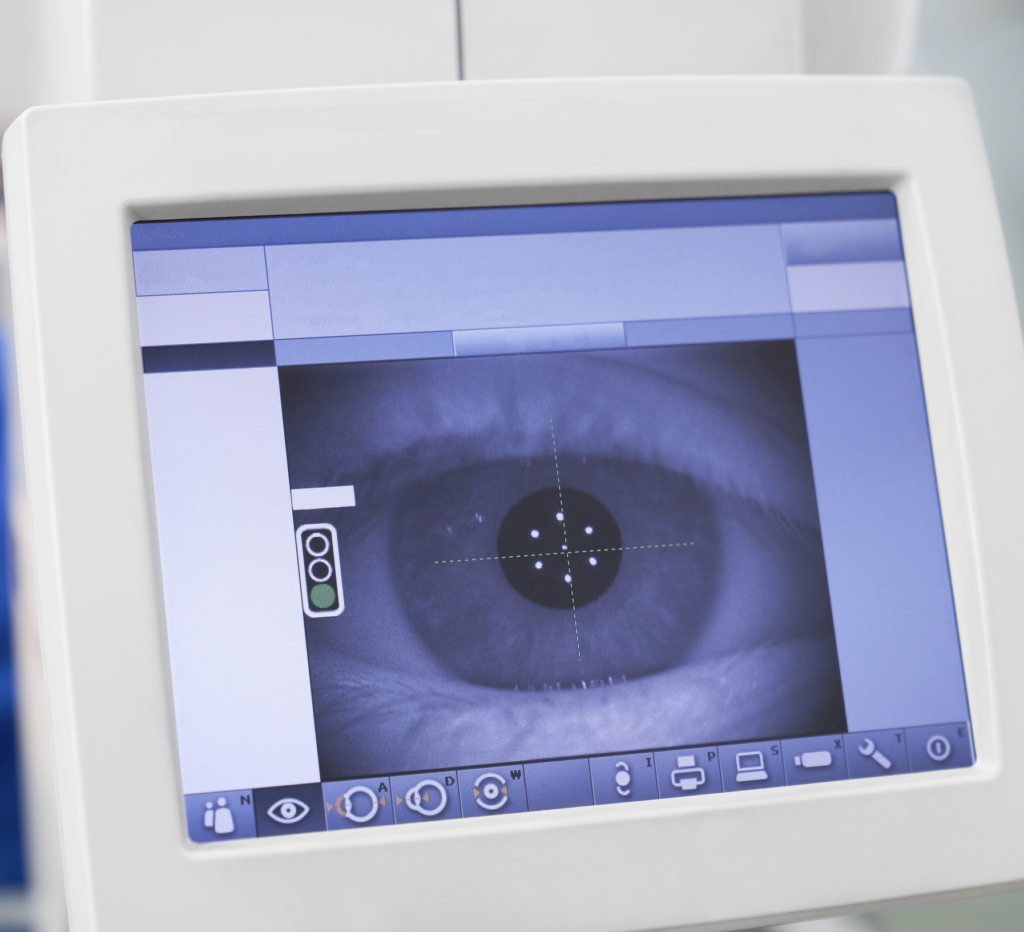Eye conditions can cause many problems for military service members, from double or blurred vision to total vision loss. As such, the Veterans Affairs (VA) disability ratings for these conditions are important to understand, as they can provide access to treatment and financial compensation for those affected. In this article, we will look at the VA disability ratings for eye conditions and how they are determined to help you determine your eligibility for VA benefits. Read on to learn more.
Understanding VA Disability Ratings for Eye Conditions

The VA uses 38 CFR Section 4.79 as the schedule for rating disabilities of the eye. This includes a general VA disability rating formula and diagnostic codes corresponding to specific eye diseases. For example, visual acuity is measured by a number chart to determine how much you can see at 20 feet or less. Any major vision impairment, such as double or blurred vision, will qualify for VA disability ratings.
When it comes to rating disabilities of the eye, a certain level of severity is required for VA benefits to be approved. This is measured in treatment visits. A claimant must have had at least one incapacitating episode requiring treatment from an eye care professional in the past year to be eligible for VA disability benefits.
The rating formula is as follows:

Ten percent if you have had 1-3 treatment visits in the past 12 months.

Twenty percent if you have had 3-5 treatment visits in the past 12 months.

Forty percent if you have had 5-7 treatment visits in the past 12 months.

Sixty percent if you have had seven or more treatment visits in the past 12 months.
How to Apply for Benefits if You Have an Eye Condition
If you’re a veteran with an eye condition due to military service, you can apply for VA disability benefits. You must submit a completed VA Disability Claim form and provide the necessary paperwork and medical evidence to prove your eye condition. You should also include details about any treatments or visits related to your eye condition.
The VA may also require you to undergo a medical examination with an approved physician. Once your claim is submitted and reviewed, the VA will decide whether your eye condition qualifies for disability benefits and assign a rating based on the severity of the condition.

Types of Eye Conditions That Qualify for VA Disability Ratings
Veterans suffering from various eye conditions may qualify for VA disability ratings. These include:
- loss or impairment of central visual acuity
- double or blurred vision
- difficulty with color perception
- night blindness
- decreased peripheral vision
- any other visual impairments that arise from service-connected conditions.
Other less common causes may also be eligible for VA disability ratings, including traumatic brain injuries, post-traumatic stress disorder, head or neck traumas and injuries, and certain cancers.
Secondary Service Connection for Eye Conditions
Secondary Service Connection is a form of disability claim that can be made by veterans who have suffered visual impairments due to medical conditions or medications used to treat other medical conditions. Eligible conditions range from loss or impairment of central visual acuity, double or blurred vision, difficulty with color perception, night blindness, decreased peripheral vision, and any other eye-related symptoms caused by another medical condition or medication. To be eligible for this form of VA disability benefits, the veteran must be able to prove that their eye condition is related to their military service or a secondary service connection.
For example, if a Veteran has been diagnosed with diabetes mellitus and develops diabetic retinopathy. As a result, they may be eligible for VA disability compensation benefits. Other medical conditions that can lead to vision loss or impairment and may be eligible for secondary service connection include sarcoidosis, Lyme disease, cerebrovascular events (strokes), thyroid problems, multiple sclerosis, rheumatoid arthritis, and other systemic conditions.

Certain medications have also been linked to vision loss or impairment, and a veteran may be eligible for VA disability claims if they have been taking such medications. Examples of medications linked to vision problems include:
- hydroxychloroquine (used to treat lupus and rheumatoid arthritis)
- medications used to treat depression
- Parkinson’s disease
- seizures
- ulcers
- asthma
- arrhythmia and hemorrhoids
- Bisphosphonates (for bone loss)
- topiramate (Topomax) used for migraine headaches and epilepsy
- tamsulosin (Flomax)
- erectile dysfunction drugs
- blood pressure medications such as diuretics, corticosteroids
- drugs for organ and bone marrow transplants, such as cyclosporine and tacrolimus
- minocycline is used to treat acne.
Veterans need to speak to their optometrist if they are taking any of the above medications or have had the linked eye condition in the past.
To be eligible for VA disability ratings, the veteran must submit proof of their disability, treatment visits, and any evidence linking the condition to their military or secondary service connection. They may be eligible for monetary compensation and other VA benefits such as health care coverage if approved.
How VA Measures Eye Diseases and Decides on Ratings
The VA evaluates eye conditions and assigns disability ratings based on three primary measurements: central visual acuity, visual Field, and muscle function.

Central Visual Acuity (CVA)
Central Visual Acuity (CVA) measures how clear or blurry images are at a specific distance. The VA assesses whether the veteran’s corrected vision can be corrected through glasses or contacts and assigns a rating based on the CVA measurement from 20/20 to 5/200. Anything worse than 5/200 is considered legally blind. The VA rates both eyes together; for example, if one eye is blind and the other has 20/20 vision, they would receive a 40% disability rating.

Visual Field
Visual Field tests the area that the eye sees by measuring 16 meridians from each eye outward. It can detect conditions such as peripheral vision loss, upper or lower vision loss, and central vision loss.

Muscle Dysfunction
Muscle Dysfunction measures how well the muscles of the eye move using a chart similar to Visual Field measurements. This helps identify any limitations in upward/downward vision or other difficulties caused by muscle dysfunction.
To determine the overall disability rating of the eyes, an optometrist combines all three measurements and assigns both eyes a percent rating. For example, if one eye is blind and the other has good vision, they would not be rated 100% in one eye and 0% in the other, but rather a combination of both eyes.
When filing a VA disability claim for eye conditions, it is important to bring all necessary documents and information to an optometrist and schedule a VA C&P (Compensation & Pension) exam at the nearest VA center. The Disability Benefits Questionnaire can help give the optometrist an idea of what the VA is looking for and how they rate eye conditions. This can help ensure a veteran receives proper ratings for their service-connected conditions.
With this information, veterans should be better informed about how the VA evaluates and rates specific eye diseases to receive disability benefits. As always, it’s important to contact professionals for help filing a VA disability claim or appeal if necessary.
Need Help with Filing a VA Disability Claim
Vet Claim Solutions can help file a VA disability claim for eye conditions or other disabilities. Our claim coaches can guide the process and ensure you receive the benefits you deserve based on your military service. Contact us today to learn more about how we can help.
FAQ’s
1. What is the VA disability rate for eye conditions?
The disability rate for eye conditions will vary based on the measurements assessed by a trained optometrist. The VA measures central visual acuity, visual Field, and muscle function to determine the overall disability rating of the eyes.
2. What is the VA rating schedule for eye conditions?
The rating schedule for eye conditions in the VA is determined by measuring central visual acuity, visual field, and muscle function. The VA assigns a rating based on the CVA measurement from 20/20 to 5/200. Anything worse than 5/200 is considered legally blind, and the VA rates both eyes together.
3. What vision problems qualify for disability?
Many eye conditions qualify for disability, including glaucoma, macular degeneration, cataracts, retinitis pigmentosa, and more. It is important to contact a professional for help filing a VA disability claim or appeal if necessary.


